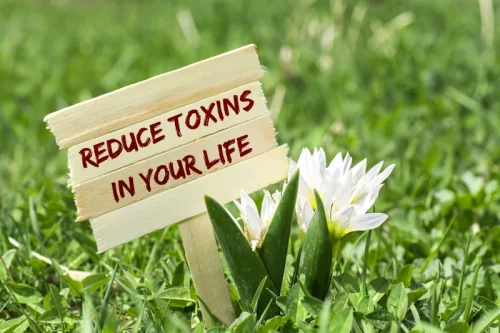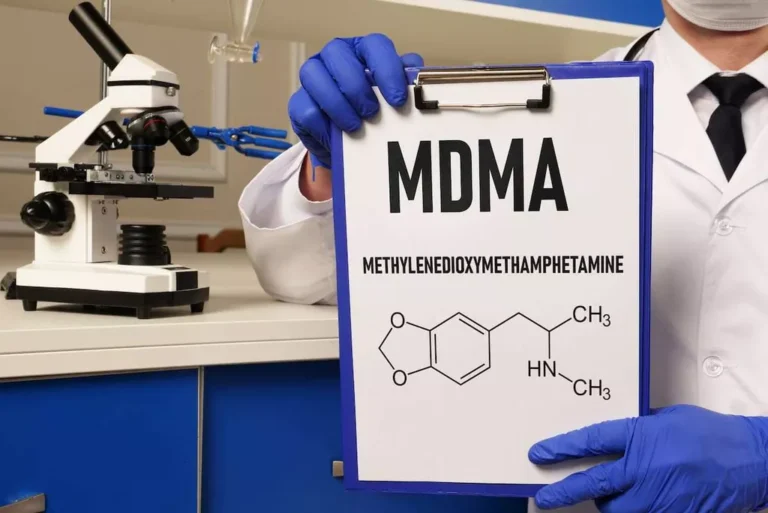
Recovery is a marathon, not a sprint, and having a solid aftercare plan can make all the difference. Learning to cope with cravings and triggers is an essential skill for those in recovery. This might involve developing new hobbies, practicing stress-management techniques, or simply having a plan in place for high-risk situations. It’s about rewiring the brain to find joy and fulfillment in life without drugs.
Opioid Treatment Program Directory
They’re both opioids that can be highly addictive and misused. Though heroin comes from morphine, a legal drug used to treat severe pain and symptoms of other medical conditions, heroin is illegal and has no medical uses. Relapse rates for drug use are similar to rates for other chronic medical illnesses. If people stop following their medical treatment plan, they are likely to relapse. For detoxification, the FDA has also approved the use of lofexidine, a non-opioid medication that can alleviate heroin withdrawal symptoms in the early stages of treatment. One of the most effective treatments for heroin addiction is medication-assisted treatment (MAT).
Heroin Addiction: Causes, Effects, and Pathways to Recovery
- By law, only a SAMHSA-certified Opioid Treatment Program (OTP) can dispense methadone for the treatment of Opioid Use Disorder.
- Taking more heroin than your body can handle can put you at risk of a potentially fatal overdose.
- Heroin is classified as a Schedule I drug under the Controlled Substances Act of 1970, carries stiff criminal penalties, and has no acceptable medical use in the U.S.
- “You ain’t nothing till you come to New York,” said Coleman Hawkins, a Missourian.
When people enter treatment, addiction has often caused serious consequences in their lives, possibly disrupting their health and how they function in their family lives, at work, and in the community. Additionally, a person can unintentionally overdose heroin addiction treatment on heroin. The half-life of a drug is the time it takes for the amount of a drug’s active substance in your body to reduce by half. This means that heroin’s effects wear off quickly, and people must take it several times a day to maintain its effect.
National Recovery Month
- EKRA was enacted in October 2018 as part of comprehensive legislation designed to address the opioid crisis in order to target the rise in body brokering and substance abuse facility profiteering.
- Methadone is a long-acting full opioid agonist, and a schedule II controlled medication.
- People with addiction and their family members may find support groups to help them cope with stress and issues that may occur due to heroin use.
People who use drugs do things that raise the odds of exposure to viruses that live in blood or body fluids, including sharing needles and having risky sex. And if you get sick, you may pass the infection (hepatitis B and C, HIV) to your sexual partners or kids. Heroin is made in illegal drug labs, usually near places where opium poppies grow. It’s considered “semi-synthetic.” It starts out as morphine, one of the natural opiates found in the seed of the opium poppy plant, but has to go through a chemical process to become heroin.
Effects of heroin use

While not everyone who takes legal painkillers or recreational substances becomes addicted, some people won’t be able to stop taking them. If a person takes an opioid repeatedly over time, the brain doesn’t naturally produce dopamine as it once did. This results in the person taking higher or more frequent doses of the opioid in order to achieve the same level of good feeling.
Common medications used to treat drug addiction and withdrawal
This raises the odds that your unborn child will become dependent on heroin and have withdrawal symptoms when they’re born. Your brain may not get enough air if you take a drug that can slow your heart and breathing rate way down. This is called hypoxia and can happen if you take large doses of any opioid drug, but the chances are higher with synthetic opioids such as heroin or fentanyl. Many people start using heroin to deal with anxiety, worries, and other stressors. One study found that 75% of people who use heroin also had mental health conditions such as depression, ADHD, or bipolar disorder. Different types of medications may be useful at different stages of treatment to help a patient stop abusing drugs, stay in treatment, and avoid relapse.
Key Takeaways from Largest-Ever Addiction Prevention and Treatment Implementation Study
Heroin was first synthesized legally from morphine (which came from opium) in the late 1800s. The Bayer Company of Germany was the first to introduce heroin in the U.S. However, by the early 1900s addiction and abuse were widespread, and by 1924 federal law made all heroin use illegal in the U.S. The purpose of the Hispanic/Latino Behavioral Health CoE is to advance the behavioral health equity of Hispanic/Latino communities.

National Mental Health and Substance Use Policy Laboratory (NMHSUPL)

This intervention is still worth trying to implement elsewhere and under different circumstances — without a pandemic — because it is adaptable to the community. Undergoing methadone maintenance treatment while pregnant does not cause birth defects. Methadone’s ability to prevent withdrawal symptoms helps pregnant women better manage their Opioid Use Disorder (OUD) while avoiding health risks to both mother and baby. Pregnant woman who experience withdrawal may be at risk of miscarriage or premature birth, as withdrawal can cause the uterus to contract.
What Is the Heroin Addiction Treatment Process Like?
- Here are answers to some of the most frequently asked questions about heroin addiction treatment.
- Signs of an opioid overdose include extreme drowsiness, blue lips and fingernails, slow or halted breathing, pinpoint pupils, slow heart rate, coma, death.
- Many people start using heroin to deal with anxiety, worries, and other stressors.
- Even after the effects of methadone wear off, the medication’s active ingredients remain in the body for much longer.
- If detox is physically impossible to endure, further treatment will be less effective.
This means they will need larger or more frequent doses to achieve the desired effects. Trying to quit heroin cold-turkey, or all at once, is possible but it is also dangerous. This carries a serious risk for relapse, which can be lethal after https://ecosoberhouse.com/ undergoing the detox process. Heroin, like other opioids, is highly addictive and be difficult to stop using without professional help. Seeking help from a qualified rehab center can help you get on the path to long-lasting sobriety.